Mastering oche regulations league play is crucial for fair competition; understanding the specific distance requirements and rules concerning foot placement is paramount. This article delves into the precise oche measurements and the nuanced rules that govern league play, ensuring a level playing field for all participants. You’ll discover everything from the official height and distance to common violations and tips for maintaining a compliant setup.
⚠️ Still Using Pen & Paper (or a Chalkboard)?! ⚠️
Step into the future! The Dart Counter App handles all the scoring, suggests checkouts, and tracks your stats automatically. It's easier than you think!
Try the Smart Dart Counter App FREE!Ready for an upgrade? Click above!
Understanding the Oche: The Foundation of Fair Play
The oche, also known as the throw line or toe line, is the designated point from which players must throw their darts. Its precise placement is essential for ensuring fairness and consistency across all levels of competition, from casual pub games to professional tournaments. Ignoring oche regulations can lead to disputes and invalidate scores, particularly in league play.
Official Oche Measurements
The internationally recognized standard for oche distance is 7 feet 9 1/4 inches (2.37 meters) from the face of the dartboard. This measurement is taken horizontally from a point directly below the center of the bullseye on the floor to the front edge of the oche. The height of the bullseye itself should be 5 feet 8 inches (1.73 meters) from the floor. It’s crucial to verify these measurements with a reliable measuring tape or laser distance measurer, especially before any league play matches.
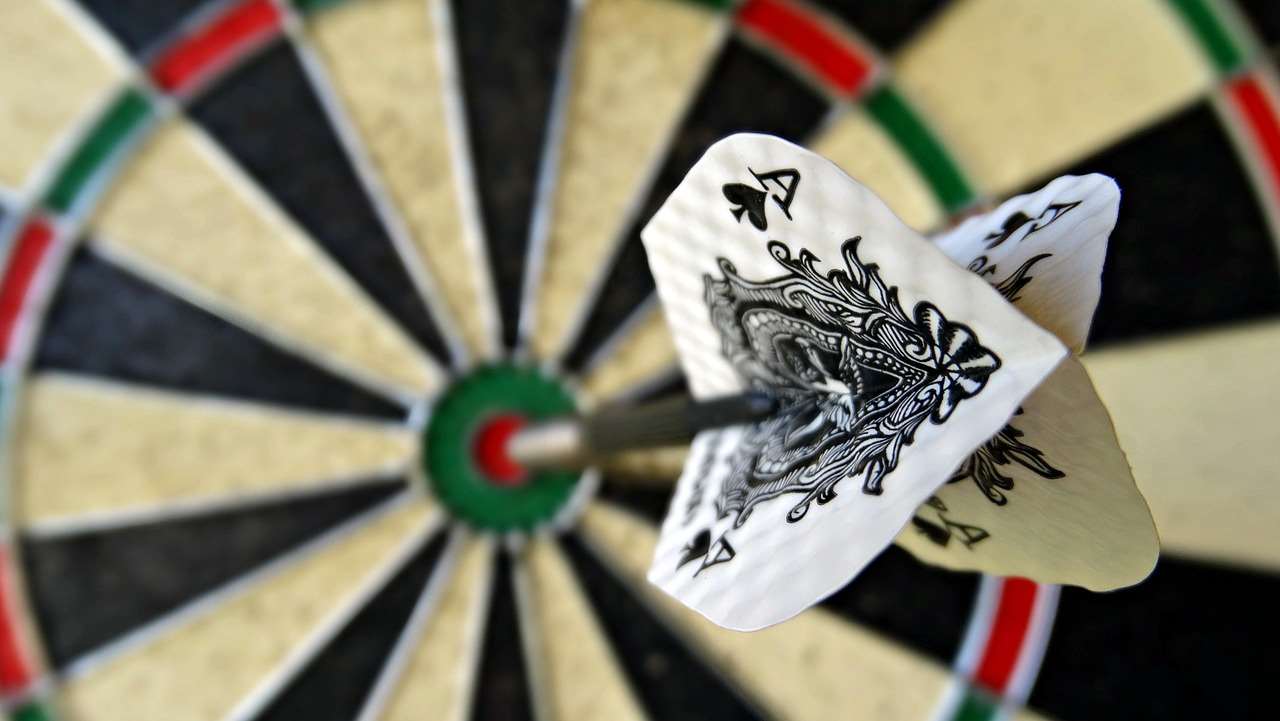
Oche Material and Construction
While the specific material of the oche is not strictly dictated, it must be a solid, raised marker that clearly defines the throwing boundary. Common materials include wood, metal, or even a strip of durable tape. The key is that it provides a distinct edge that players can easily recognize and adhere to. In some organized league play, specific material requirements might be outlined, so consulting the league’s rules is essential. A clearly defined and well-maintained oche contributes significantly to a professional and enjoyable playing environment.
Foot Placement Rules in League Darts
Beyond the oche itself, the rules governing foot placement during the throw are critical for adhering to oche regulations league play. Understanding these rules prevents accidental fouls and ensures a valid throw.
The Throwing Stance and Foot Positioning
Players must stand behind the oche with at least one foot touching or behind the line when releasing the dart. It is permissible to lean over the oche, but no part of the player’s foot can cross the line before the dart leaves their hand. This rule is consistently enforced in league play to prevent players from gaining an unfair advantage by shortening the throwing distance. Many seasoned players develop a consistent throwing stance, which aids in accuracy and minimizes the risk of violating foot placement rules.
Permissible Foot Movement During the Throw
While a stable stance is generally preferred, slight foot movement during the throwing motion is usually permitted, as long as the player’s foot does not completely cross the oche. Some leagues might have stricter interpretations of this rule, so it’s always best to clarify beforehand. Remember, the primary intention is to prevent any deliberate shortening of the distance to the dartboard. If you are adapting darts rules for beginners, it is a good idea to be flexible in this case. Adapting darts rules for beginners often involves a less strict initial application of foot-fault rules.
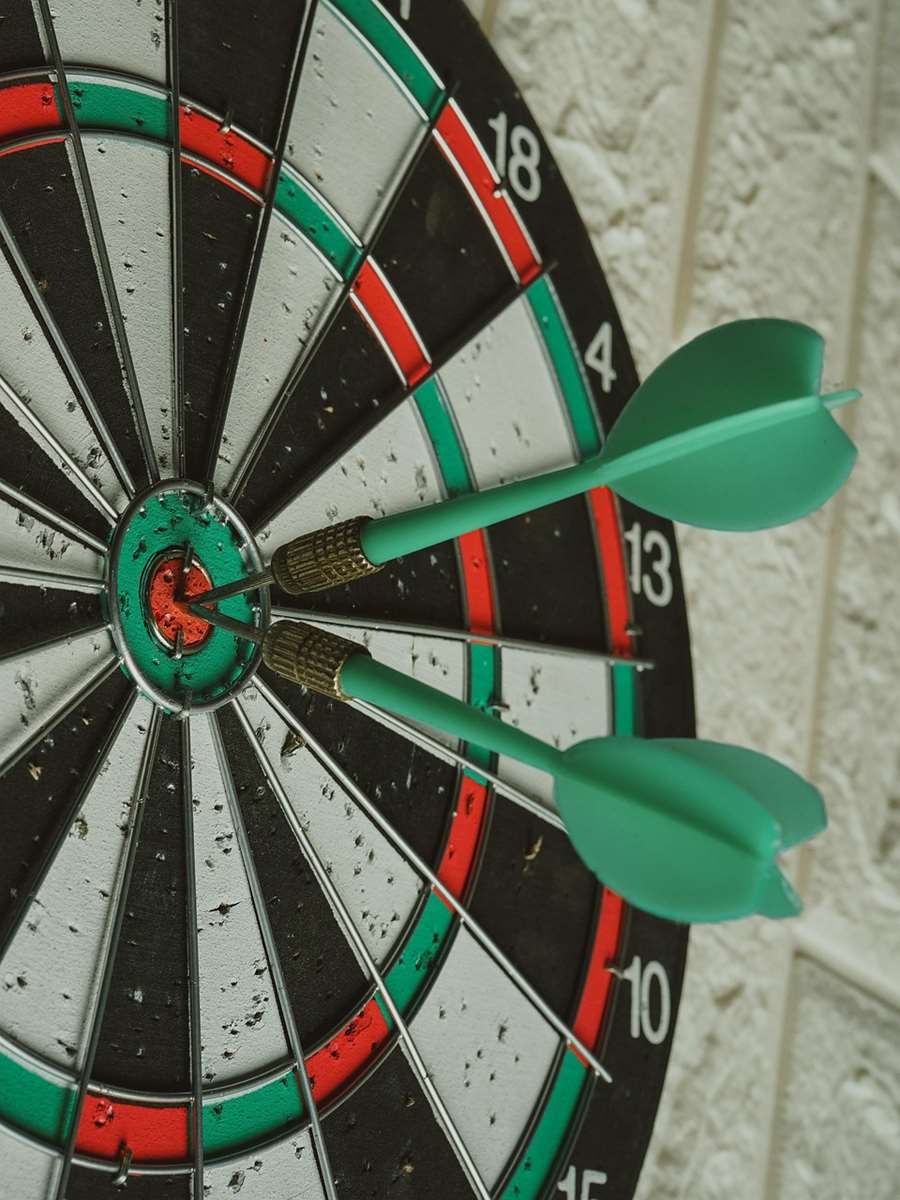
Consequences of Foot Faults
If a player commits a foot fault by crossing the oche before releasing the dart, the throw is considered illegal, and the score for that dart is nullified. In casual games, this might result in a simple warning, but in organized league play, strict enforcement is typical. It’s the responsibility of both players and the referee (if present) to monitor foot placement and call out any violations. Continual foot faults might result in more severe penalties, depending on the league’s specific rules.
Addressing Common Oche-Related Issues in League Play
Even with a clear understanding of the rules, challenges related to the oche can arise during league play. Being prepared to address these issues ensures a smooth and fair competition.
Uneven Flooring and Oche Placement
One common problem is uneven flooring near the dartboard, which can make accurate oche placement difficult. Before a match, players should inspect the area and, if necessary, use shims or other leveling devices to ensure the oche is level and at the correct distance. Communicating any concerns to the league organizer or opposing team captain is also advisable. A slightly angled oche can subtly impact throwing accuracy, particularly for players accustomed to a perfectly level setup.
Disputes Regarding Oche Distance
Disagreements about the accuracy of the oche distance can occur. The best way to resolve these disputes is to remeasure the distance using a calibrated measuring tool and, if necessary, consult with a neutral party or league official. It’s always preferable to address these concerns before the match begins to avoid unnecessary tension and delays. Some leagues require the home team to provide proof of accurate measurements before each match.
Visibility and Oche Definition
Poor lighting or an indistinct oche can make it difficult for players to see the throwing line clearly. Ensure that the area around the oche is adequately illuminated and that the oche itself is clearly marked with a contrasting color or material. A well-defined oche reduces the likelihood of accidental foot faults and promotes fair play. Often basic darts fundamentals for beginners involve ensuring clear visibility of the oche. Basic Darts Fundamentals for Beginners includes setting up a safe and well-lit dartboard area.
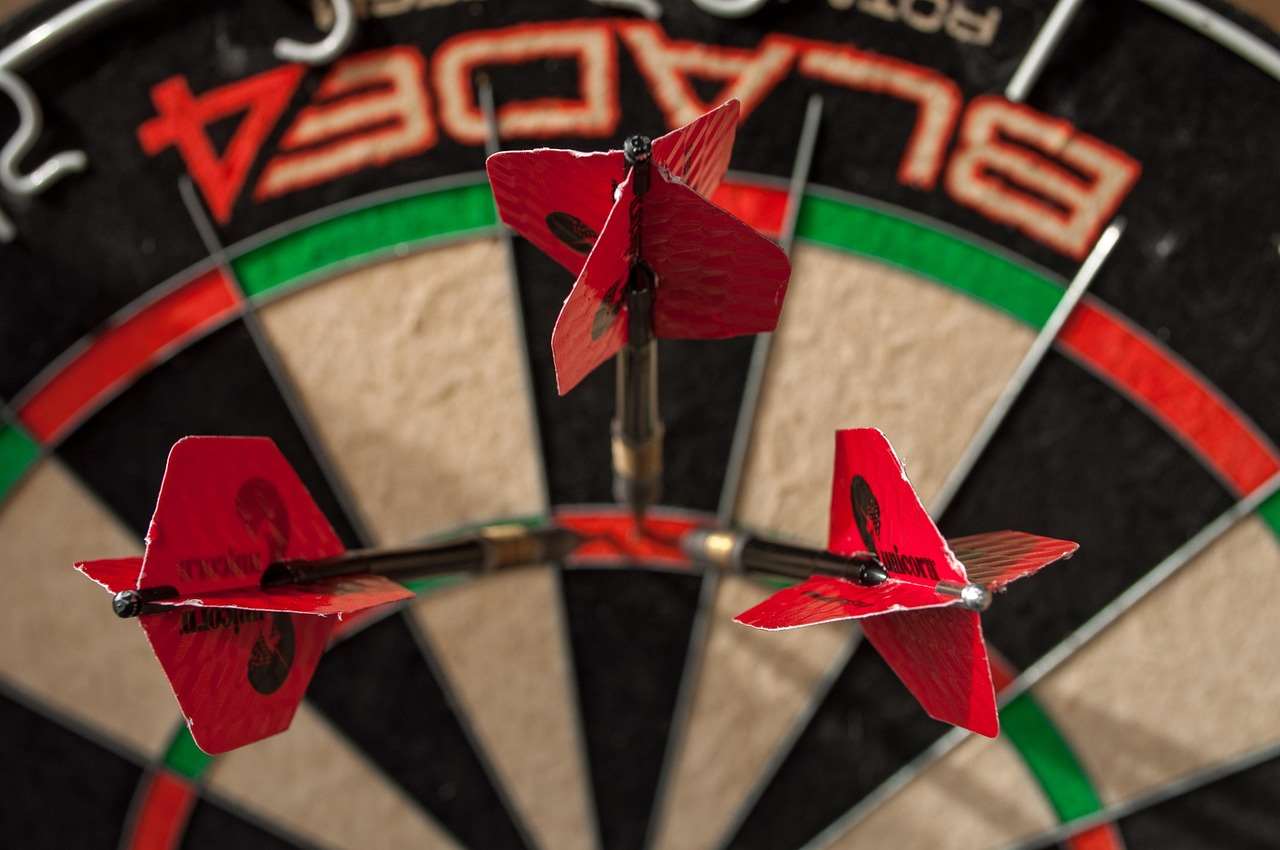
Tips for Maintaining a Compliant Oche Setup
Proactive maintenance is essential for keeping your oche setup in compliance with regulations, ensuring consistent and fair gameplay. Here are some practical tips:
Regular Measurement Checks
Periodically check the oche distance to ensure it remains accurate, especially if the dartboard is frequently moved or the flooring is subject to changes. A quick measurement with a reliable tape measure can prevent potential issues during league play. This is particularly important in shared spaces where the dartboard setup may be used by different people with varying levels of attention to detail.
Secure Oche Placement
Make sure the oche is securely fixed to the floor to prevent it from shifting during gameplay. Use adhesive strips, screws, or other appropriate fasteners, depending on the flooring material. A wobbly or easily displaced oche can lead to inconsistent throws and potential disputes.
Visual Inspection and Maintenance
Regularly inspect the oche for damage or wear and tear. Replace or repair the oche as needed to maintain its integrity and visibility. A damaged or poorly maintained oche can not only create safety hazards but also detract from the overall playing experience.
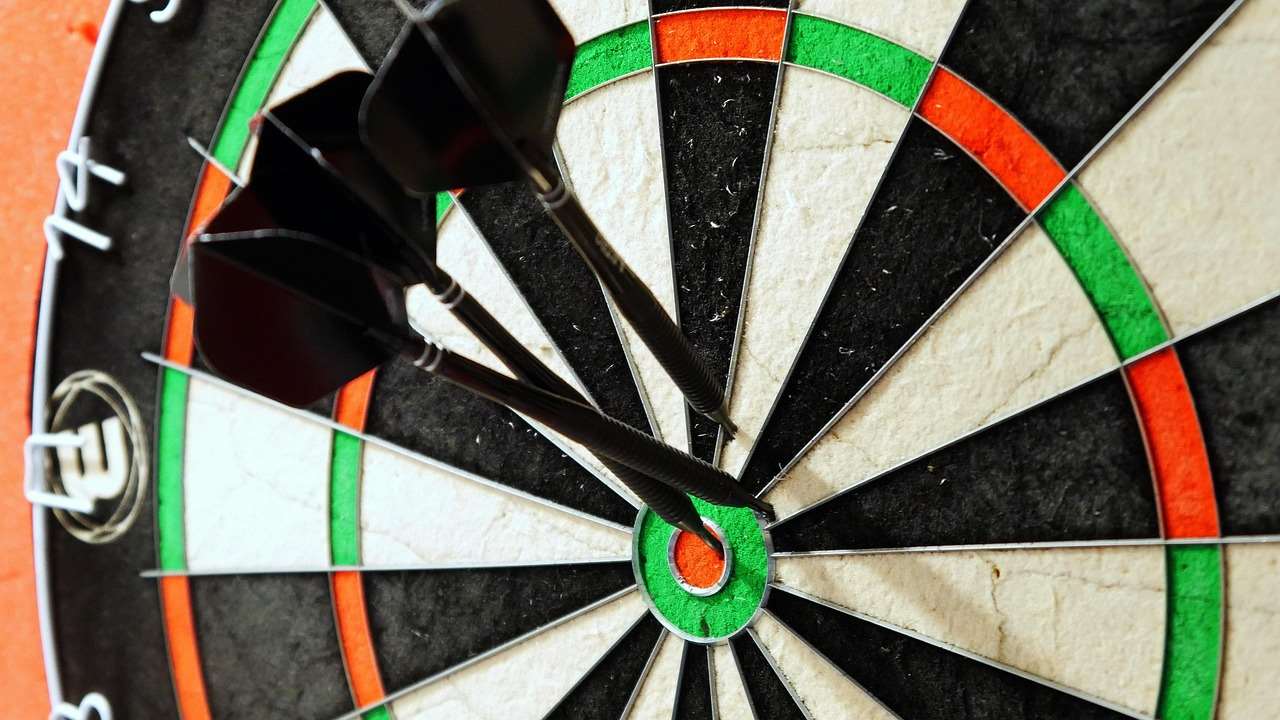
League-Specific Oche Rules and Variations
While the basic oche regulations are generally consistent, some leagues might have specific variations or additional rules. It’s crucial to familiarize yourself with the regulations of the specific league in which you are participating.
Consulting the League Handbook
Always refer to the league’s official handbook or rulebook for detailed information about oche regulations, foot fault policies, and any other relevant rules. League handbooks typically provide comprehensive guidelines to ensure fair play and consistent enforcement. Understanding these rules can prevent misunderstandings and ensure a smooth and enjoyable league play experience.
Addressing Rule Discrepancies
If you encounter any discrepancies or ambiguities in the league’s rules, seek clarification from the league organizer or a designated referee. Clear communication is essential for resolving any uncertainties and ensuring that all players are on the same page. A proactive approach to addressing rule discrepancies can prevent potential disputes during matches.
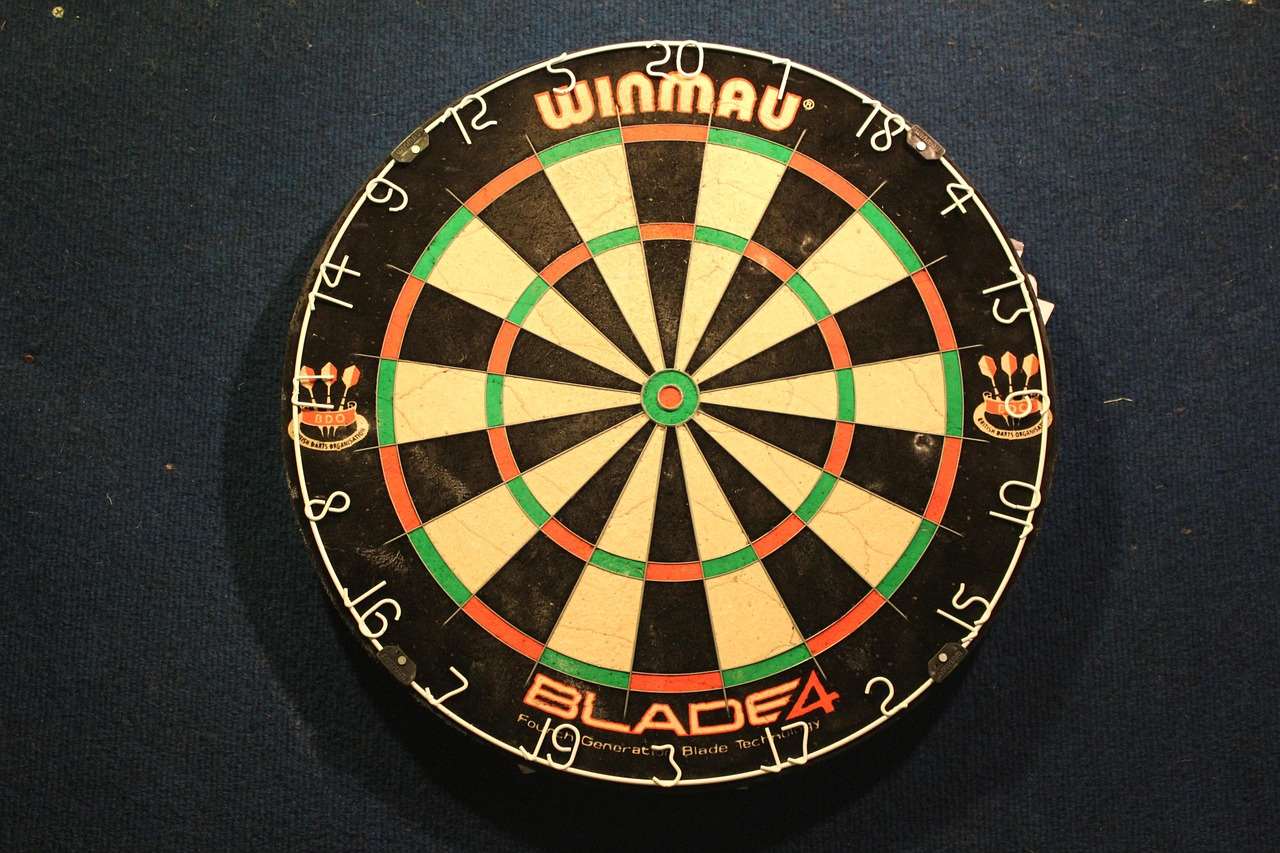
Following Local vs. National Rules
Be aware that local league rules may differ from national or international standards. Always prioritize the rules specific to the league in which you are competing. If you play fun dart game variations with modified rules frequently, remember that oche regulations in those settings may differ greatly. Fun dart game variations with modified rules often relax strict adherence to official regulations.
Conclusion
Adhering to oche regulations league play is fundamental to ensuring fair competition and maintaining the integrity of the game. By understanding the official measurements, foot placement rules, and common issues, players can avoid potential disputes and focus on their performance. Remember to regularly check your oche setup, consult your league’s rulebook, and communicate any concerns proactively. By following these guidelines, you’ll contribute to a positive and enjoyable league play experience for everyone. So, grab your darts, double-check that oche, and aim for that bullseye!
Hi, I’m Dieter, and I created Dartcounter (Dartcounterapp.com). My motivation wasn’t being a darts expert – quite the opposite! When I first started playing, I loved the game but found keeping accurate scores and tracking stats difficult and distracting.
I figured I couldn’t be the only one struggling with this. So, I decided to build a solution: an easy-to-use application that everyone, no matter their experience level, could use to manage scoring effortlessly.
My goal for Dartcounter was simple: let the app handle the numbers – the scoring, the averages, the stats, even checkout suggestions – so players could focus purely on their throw and enjoying the game. It began as a way to solve my own beginner’s problem, and I’m thrilled it has grown into a helpful tool for the wider darts community.